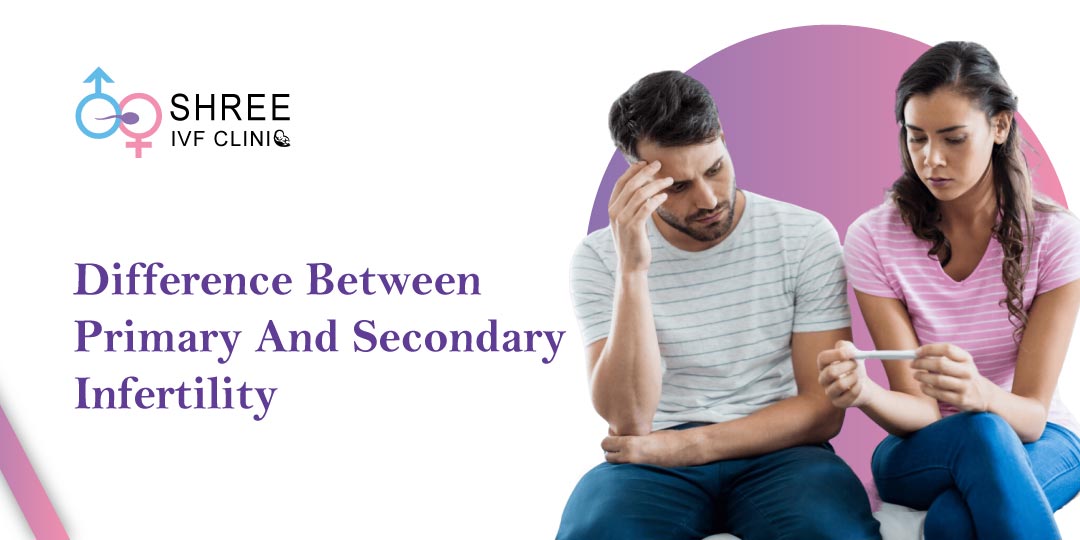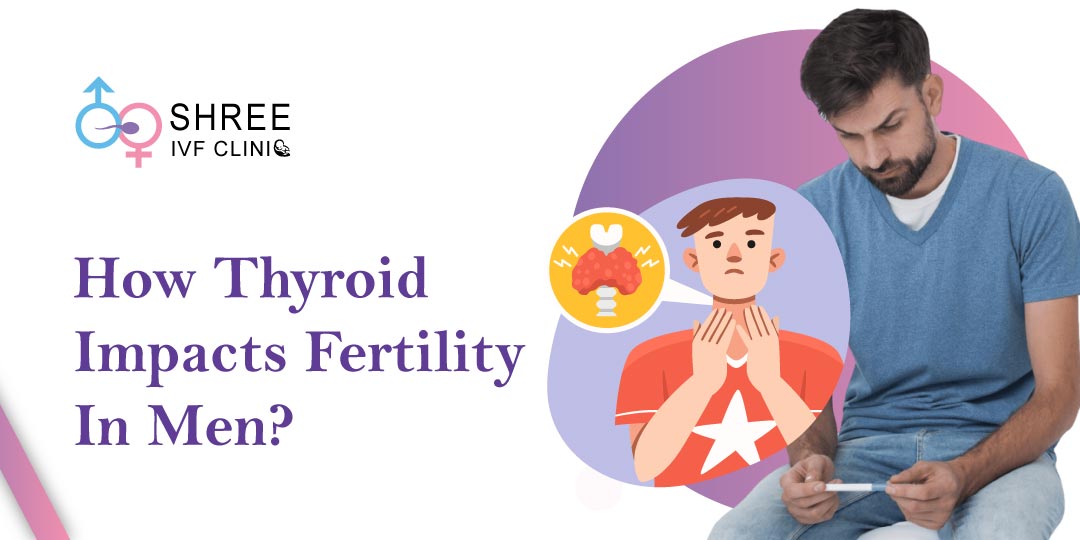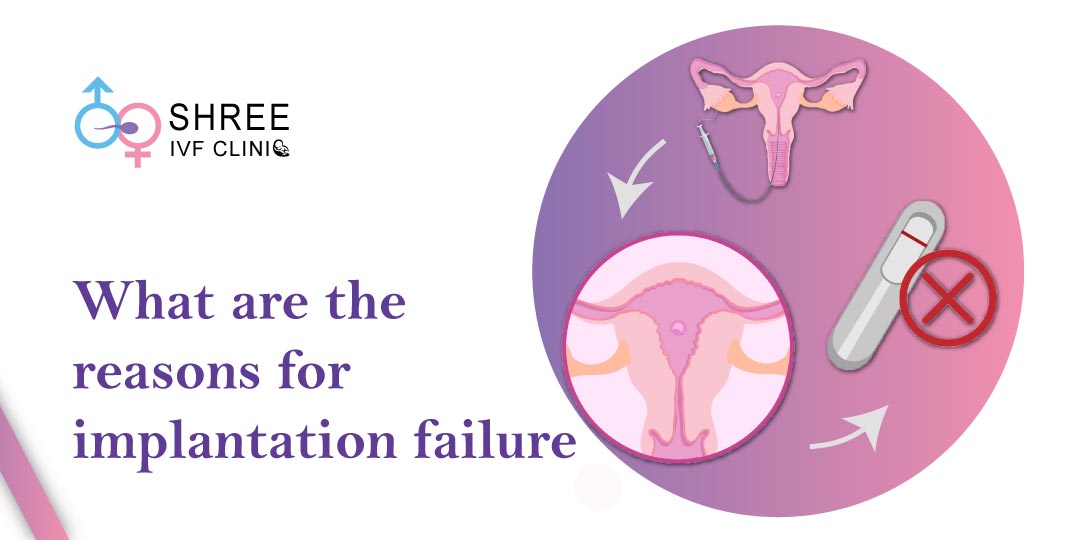Difference between Primary & Secondary Infertility
UPDATED ON 23 AUG. 2023
When dealing with infertility, it’s important to understand the distinction between primary and secondary infertility. Start by asking yourself: have you ever been pregnant before?
If the answer is yes, then you may be facing secondary infertility.
Secondary infertility occurs when a couple has previously had one or more pregnancies, but now find themselves having difficulty getting pregnant again.
On the other hand, if you have never been able to get pregnant – even after trying for an extended period of time – then this could be an indication that you are struggling with primary infertility.
Understanding these key differences in diagnosis can not only give insight into what might be causing your fertility troubles but also guide treatment decisions along each step of your journey towards conception.
In this blog, we’ll detail some of the typical signs and causes associated with both types of fertility issues so that you can better comprehend your individual situation and medical options ahead.

AUTHOR
Dr Jay Mehta
Scientific Director & IVF Specialist with 10+ years of experience
TREATMENT
CONDITION
GET IN TOUCH ON
Primary Infertility Vs. Secondary Infertility
Primary infertility :
Primary infertility can be caused by a wide range of factors, including age, lifestyle choices, genetic conditions and hormone imbalances.
For women over the age of 35, the chances of becoming pregnant are significantly lower due to decreased fertility that comes with age. Poor eating habits or lack of physical activity can also play an important role in decreasing reproductive health.
In some cases, primary infertility is hereditary – passed down from parent to child – which requires specialized testing and treatments to help address it.
Hormone imbalances such as PCOS (polycystic ovarian syndrome) and endometriosis are two common causes for primary infertility that greatly reduce a woman’s chance for conception.
Secondary infertility :
When it comes to secondary infertility, the causes can be equally varied but often involve complications with the womb or fallopian tubes.
Scarring or blockage in these areas are common culprits behind unsuccessful pregnancies, as they can prevent eggs from being fertilized and/or stop embryos from implanting properly in the uterus.
– Uterine fibroids
Noncancerous growths on the uterine walls – may also play a role, depending on their size and location within the body. Additionally, lifestyle choices such as smoking and drinking alcohol have been known to increase an individual’s risk for secondary infertility.
No matter what type of fertility issues you’re facing, seeking out expert advice is always a wise decision when navigating this difficult journey.
Which is More Common Primary or Secondary Infertility?
The answer to this question depends on each individual’s circumstances.
Generally, primary infertility is seen more often in younger women and couples who are just beginning their journey towards conception, while secondary infertility is more common among those who have already had one or more pregnancies.
That being said, both types of issues can affect people of any age, gender and relationship status.

4,790+
379K+
” Every individual and couple’s journey is unique, and
finding the right solutions tailored to their specific
circumstances can make all the difference “
Difference Between Infertility & Sterility
The terms infertility and sterility are often used interchangeably, but they actually have different meanings.
Infertility refers to the inability to conceive a child after trying for an extended period of time, while sterility is when conception is impossible due to medical reasons.
While some people may be diagnosed with both conditions, not everyone who experiences fertility issues is considered sterile.
At the end of the day, understanding your own reproductive health – regardless of which term applies – can make all the difference in determining your course of action towards parenthood.
It’s always best to consult with a doctor if you’re concerned about any fertility-related issues you might be facing. With their expert guidance and support, you can more easily assess what treatments or therapies.
AUTHOR
Dr Jay Mehta
Scientific Director & IVF Specialist with 10+ years of experience
TREATMENT
CONDITION
CALL US 24/7 FOR ANY HELP
GET IN TOUCH ON
Share Article on
Recommended Reading
How Long Can Sperm Live Inside the Female Body?
Sperm live inside the female body depends on a certain number of factors. sperm can survive inside female partner’s body is 5 days.
Understanding How Thyroid Affects Male Fertility
We’ll be discussing the effects of hypothyroidism (underactive) as well as hyperthyroidism (overactive).
Understanding the Main Reasons for Implantation Failure?
Infertility means that you are unable to conceive after one year of unprotected intercourse, while sterility refers to your inability to give birth to a child




